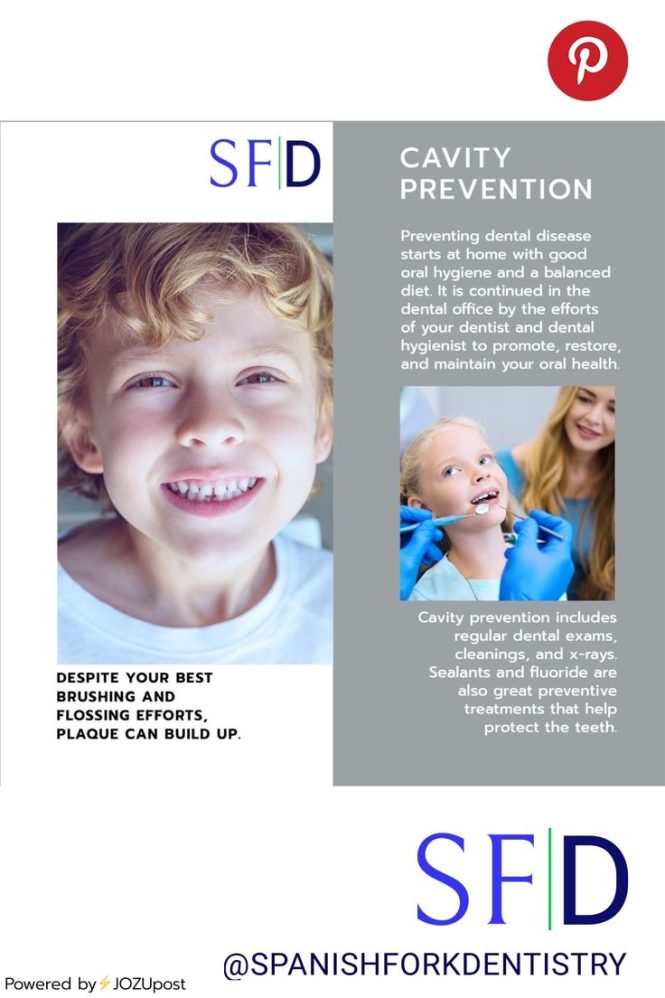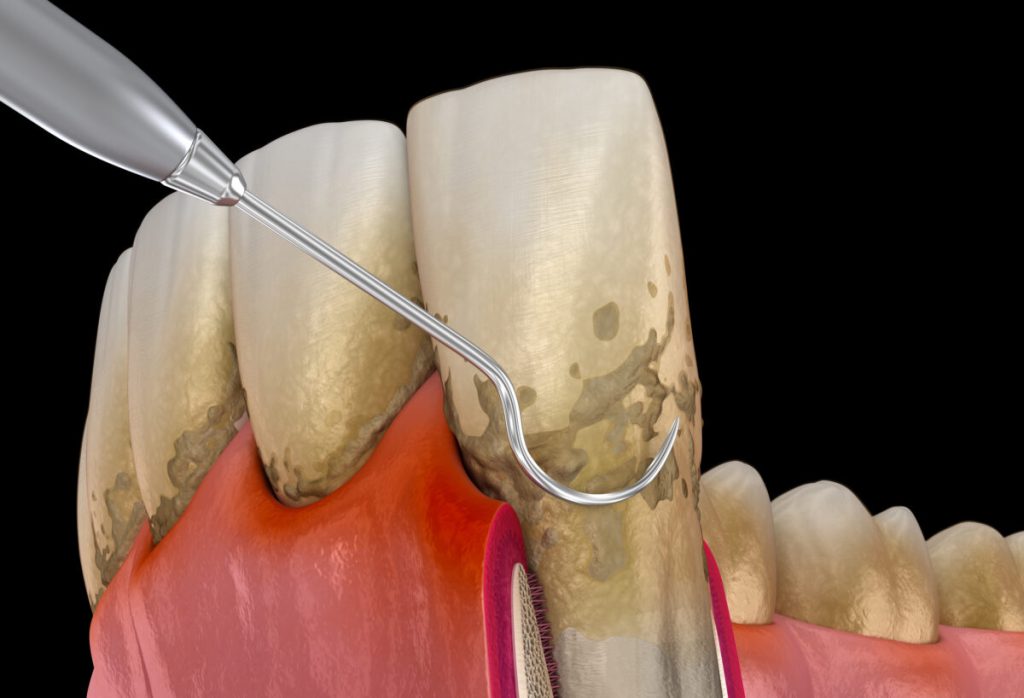

The frustration of plaque buildup, even with frequent brushing, is a common experience for many. This article dives deep into the science behind this persistent problem and offers actionable strategies to combat plaque and achieve optimal oral hygiene. Understanding the factors contributing to plaque buildup, and how they interact with our brushing habits, is crucial for maintaining long-term dental health. We will explore the limitations of brushing alone, the role of interdental cleaning, and the importance of professional dental cleanings. This comprehensive guide will outline practical steps to effectively remove plaque buildup and ensure a healthy, vibrant smile.
The Limitations of Frequent Brushing
Insufficient Plaque Removal
While brushing twice daily is an essential part of oral hygiene, it often falls short in effectively removing plaque from hard-to-reach areas. The intricate crevices and grooves of our teeth are designed to trap food particles and bacteria, creating ideal conditions for plaque to accumulate. This tenacious plaque, if left unaddressed, can harden into tartar, which is much more difficult to remove and can lead to gum disease and tooth decay. Many people brush diligently, yet the effectiveness is limited because of the limitations of their technique. A simple example is how many people do not pay adequate attention to the gum line. Often, people just focus on the visible parts of the tooth while ignoring the gum line, where much of the plaque is hidden.
Incorrect Brushing Technique
Another critical factor influencing plaque buildup is the efficacy of the brushing technique. A systematic review of various brushing techniques reveals a significant variability in their ability to remove plaque. Improper brushing techniques can actually contribute to plaque buildup, by irritating the gums and creating a vicious cycle of inflammation. For example, using too much pressure while brushing can damage the gums and expose the root surfaces, leading to increased plaque adhesion.
Plaque Buildup and Dietary Habits
The type and frequency of food intake also play a role in plaque buildup. Sticky or sugary foods and beverages provide ideal conditions for bacteria growth, leading to increased plaque buildup. A study by the American Dental Association highlights the direct correlation between consuming sugary drinks and the formation of plaque. Individuals with a diet heavy in these types of substances will need to compensate by increasing the frequency or intensity of their brushing to maintain a healthy mouth.
The Significance of Interdental Cleaning
The Importance of Interdental Brushes
Interdental brushes, floss, and other interdental cleaning tools are essential adjuncts to daily brushing. They are designed to reach those hard-to-reach areas between the teeth where plaque can accumulate easily. These tools can remove trapped food particles, bacteria, and plaque more effectively than brushing alone. For example, floss is uniquely adept at removing plaque along the gum line, where brushing can be less effective.
How to Use Interdental Brushes Correctly
Using interdental brushes correctly involves inserting the brush gently between the teeth, moving it in a back-and-forth motion, and avoiding applying excessive pressure. This approach helps to minimize the risk of damaging the gums and promotes effective cleaning of those hard-to-reach areas. It’s important to use the appropriate size of interdental brush according to the gap between your teeth. Selecting the right size brush is critical to avoiding damage to the gums and achieving optimal results.
The Effectiveness of Floss
Floss is another invaluable tool for interdental cleaning. Using floss effectively involves carefully guiding it between each tooth, ensuring complete coverage of the gum line. The delicate nature of floss enables it to glide around the base of the teeth, removing particles and preventing plaque buildup along the gum line. The tactile feedback from using floss can also serve as a valuable tool for checking the health of your gums.
The Role of Professional Dental Cleanings
The Expertise of Dental Professionals
Professional dental cleanings, performed by trained dental hygienists or dentists, provide a crucial component in plaque removal. These cleanings are geared toward removing plaque and calculus (hardened plaque) from all surfaces of the teeth, including those areas that are hard to reach with daily brushing and flossing. Dental hygienists are trained to use specialized tools to achieve optimal results and prevent the development of advanced dental problems. For example, a dental hygienist is able to identify problematic areas and create a personalized treatment plan. Further, these professionals are equipped with advanced tools like high-pressure water jets, which are far superior than brushing.
Addressing the Root Causes
Beyond mechanical removal, dental professionals can identify the root causes of persistent plaque buildup. By carefully evaluating your oral health, they can suggest dietary adjustments, provide recommendations on brushing techniques, and recommend interdental cleaning aids to maximize plaque removal. Identifying and addressing potential issues like receding gums or other underlying oral health concerns will help you overcome the plaque buildup.
The Long-Term Benefits
Regular professional cleanings prevent the progression of gum disease, maintain optimal oral health, and reduce the risk of tooth loss. By removing plaque and tartar, professional cleanings help prevent the formation of more advanced and costly issues such as periodontal disease. Regular dental visits ensure your oral health is checked on a regular basis, allowing for early identification and treatment of potential problems.
Combining Strategies for Optimal Oral Hygiene
The Multifaceted Approach
Effectively combating plaque buildup requires a comprehensive approach that combines diligent daily brushing, effective interdental cleaning, and regular professional dental cleanings. Each component plays a crucial role in maintaining optimal oral health and preventing the buildup of harmful plaque and tartar. By combining these strategies, you can optimize plaque removal and maintain optimal oral health.
Creating a Personalized Routine
Creating a personalized oral hygiene routine that addresses your specific needs is vital. Consider the structure of your teeth and the areas where you tend to accumulate more plaque. For example, if you have crowded teeth or bridges, you may need to use different interdental tools to help clean the area. Consulting a dentist will help you determine the most effective tools and techniques for your particular oral anatomy. Personalizing your routine based on advice from a dentist ensures you’re addressing the unique challenges of your mouth.
The Importance of Consistency
The key to success is consistency. Maintaining a consistent daily oral hygiene routine, combining the above strategies, is essential to preventing plaque buildup. Make it a habit and treat oral hygiene as an essential part of your daily routine, just as you do your other daily habits.
Advanced Techniques for Plaque Removal
Electric Toothbrushes
Electric toothbrushes offer superior plaque removal compared to manual brushing, especially in hard-to-reach areas. Their oscillating or rotating heads can effectively dislodge plaque and reach deep between teeth, making them a valuable tool in the battle against plaque buildup. Furthermore, electric toothbrushes may also have additional functionalities like timers and pressure sensors, which can help ensure a thorough brushing routine.
The Role of Oral Irrigators
Oral irrigators, also known as water flossers, use high-pressure water jets to clean between teeth and along the gum line. They can effectively remove food particles, debris, and plaque, particularly in areas where traditional brushing and flossing may not reach. They are particularly effective for individuals with bridges or implants where it is crucial to remove plaque effectively.
Advanced Oral Hygiene Products
Various advanced oral hygiene products, such as specialized mouthwashes and antimicrobial gels, offer additional plaque-fighting capabilities. These products can help reduce the bacterial load and inhibit plaque growth, thus preventing the buildup of bacteria that contributes to plaque. Be sure to consult with your dentist before incorporating any new oral hygiene products into your routine to ensure they are suitable for your needs and won’t cause any potential adverse effects.
How can I improve my brushing technique to remove more plaque?
Improving your brushing technique involves a mindful approach to the different aspects of the process. First, ensure you have the right type of toothbrush with soft bristles; this helps prevent gum damage. Use short, gentle strokes focused on all tooth surfaces, including the gum line. Use gentle, circular motions to effectively remove plaque, avoiding excessive pressure. Take your time to cover all surfaces, and pay extra attention to hard-to-reach areas and areas where you have a tendency to accumulate more plaque. A dentist can provide a personalised brushing technique tailored to the specific structure of your teeth and gums to help avoid potential issues.
Frequently Asked Questions
What are the most common reasons why frequent brushing doesn’t prevent plaque buildup?
Many factors contribute to plaque buildup despite diligent brushing. One common reason is an inadequate brushing technique, failing to reach all surfaces of the teeth and the gum line. Another significant contributor is the accumulation of plaque in hard-to-reach areas, between teeth and along the gum line, which a regular toothbrush may struggle to address. Dietary choices, such as a high-sugar or sticky food intake, can create an ideal environment for bacterial growth and plaque formation, ultimately leading to more plaque buildup despite regular brushing. Professional cleaning is important to completely eliminate hard deposits and address underlying concerns.
In conclusion, the frustration of plaque buildup despite frequent brushing highlights the importance of understanding the nuances of oral hygiene. Effective plaque removal requires a multifaceted approach beyond simple brushing. Consider exploring professional dental cleanings, adopting interdental cleaning tools, and evaluating your brushing technique. By implementing these strategies, you can effectively combat plaque buildup and maintain optimal oral health. Schedule an appointment with your dentist today to discuss strategies tailored to your specific needs for a brighter, healthier smile.